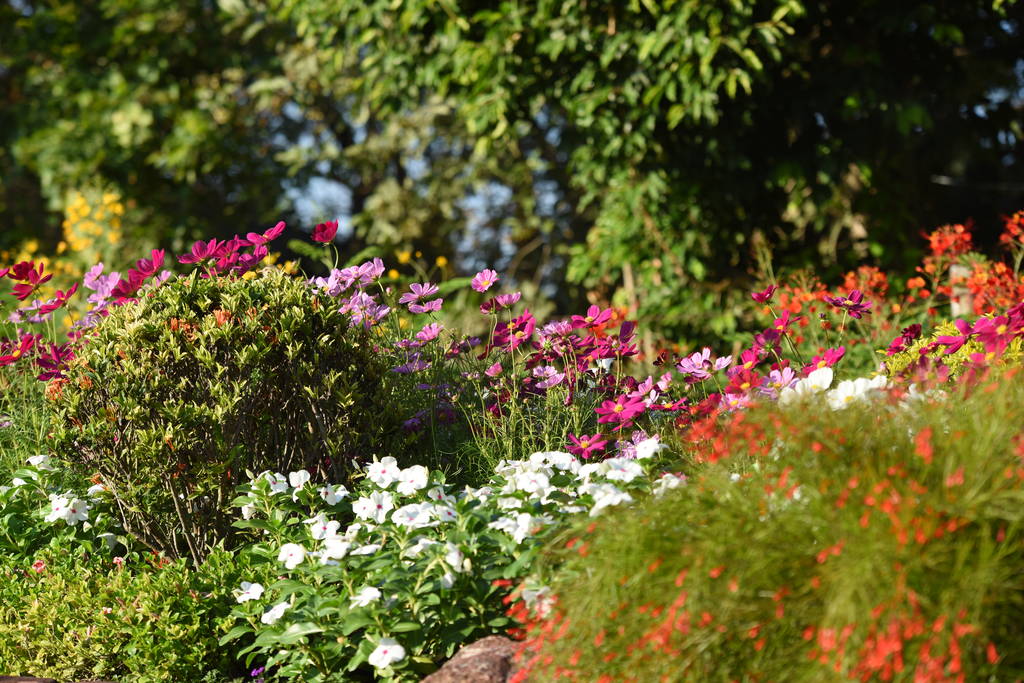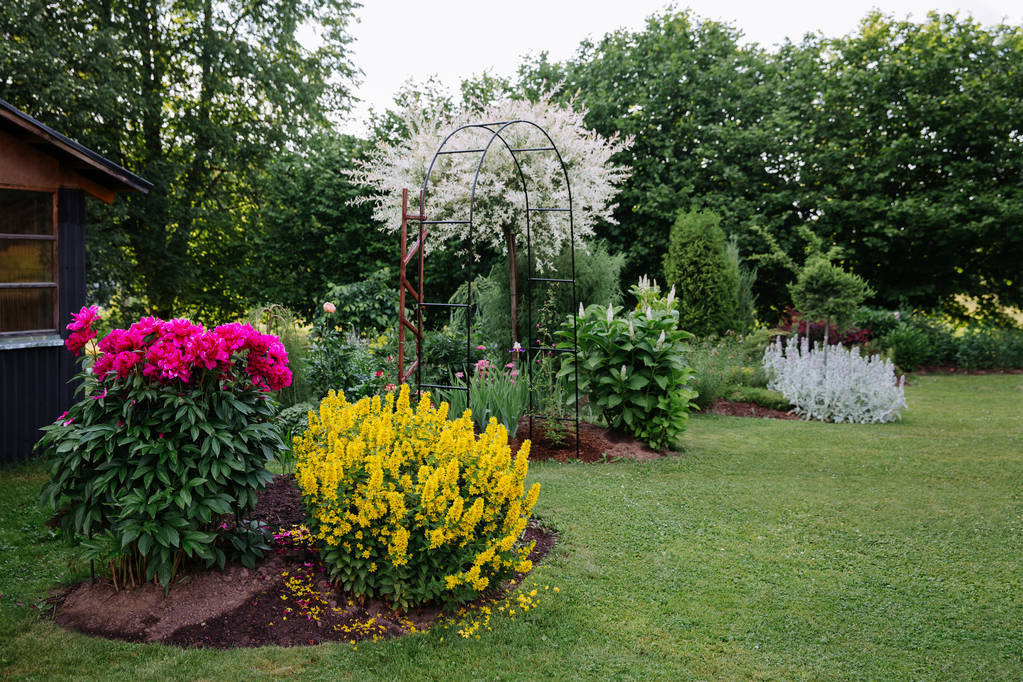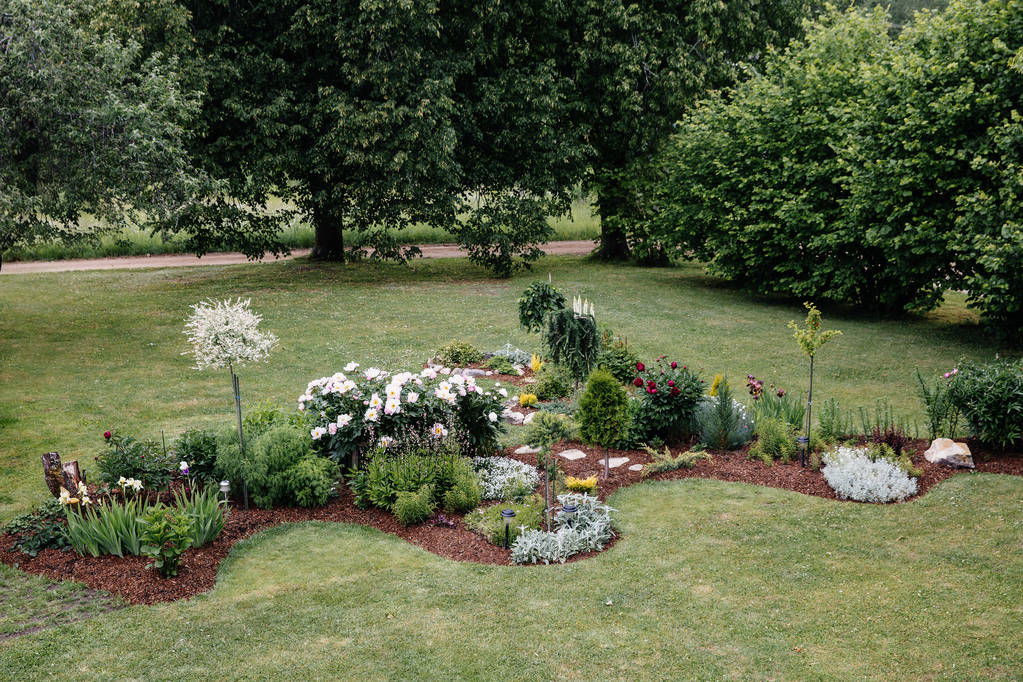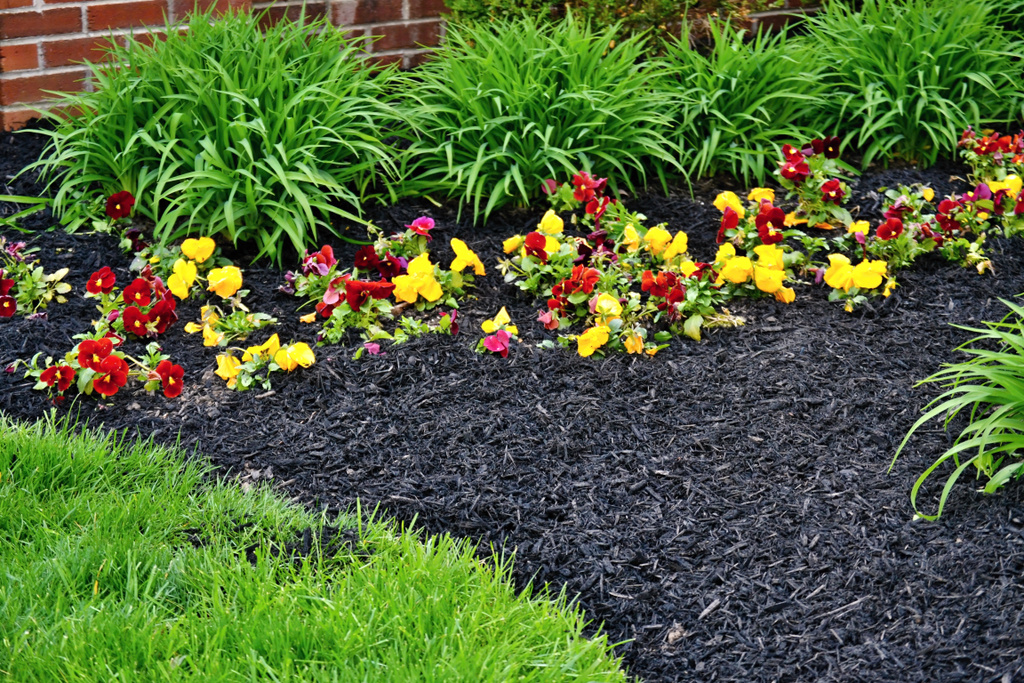Creating a healthy, low-maintenance garden is an achievable goal that allows you to enjoy the beauty of nature without the constant upkeep. Whether you’re a busy homeowner or simply want to spend less time tending to your garden, there are many strategies you can adopt to simplify your gardening routine while promoting plant health. With a thoughtful approach, you can have a thriving garden that requires minimal effort. Here are some simple tips to get you started.

-
Choose Low-Maintenance Plants
One of the most effective ways to reduce the time you spend on gardening is by selecting plants that require minimal care. Native plants are suited to the local climate and soil, making them more resilient and low-maintenance. Many native species are also drought-tolerant and resistant to local pests and diseases, reducing the need for frequent watering, fertilizing, and pest management.
Perennials are another excellent choice for a low-maintenance garden. These plants return year after year (for a certain number of years) without needing to be replanted, saving you time and effort. Some low-maintenance perennials include lavender, sedum, daylilies, and hostas. They provide vibrant colors and textures while requiring little care beyond occasional pruning or dividing.
-
Mulch to Retain Moisture and Suppress Weeds
Mulching is an effective way to reduce garden maintenance. A thick layer of mulch, such as wood chips, bark, or straw, helps retain soil moisture, reducing the need for frequent watering. Mulch also suppresses weed growth by blocking sunlight from reaching weed seeds, making it harder for them to sprout. This significantly cuts down on the time spent weeding, which you can get in bulk from Atlanta Landscape Materials.
In addition to conserving water and controlling weeds, mulch improves soil quality as it decomposes. It adds essential nutrients to the soil, enhances its structure, and encourages beneficial microorganisms that support plant health. Apply mulch once or twice a year to maintain its benefits, and you’ll have a healthier garden with less work.
-
Group Plants by Water Needs

To minimize watering, group plants with similar water requirements together. This practice, known as hydrozoning, ensures that each area of your garden receives the appropriate amount of water. Drought-tolerant plants, for instance, can be planted together in areas that don’t require much irrigation, while thirstier plants can be placed in spots where they’ll get more water.
By strategically arranging plants based on their needs, you not only make your garden more efficient but also prevent overwatering or underwatering, which can stress plants and lead to problems like root rot or disease.
-
Opt for Slow-Growing Plants and Ground Covers
Another way to reduce maintenance is by incorporating slow-growing plants and ground covers into your garden. Slow-growing shrubs and trees require less frequent pruning and trimming, saving you time and effort. Some popular slow-growing options include boxwood, yew, and dwarf conifers.
Ground covers, such as creeping thyme, vinca, or clover, can serve as low-maintenance alternatives to traditional grass lawns. These plants spread naturally, reducing the need for mowing, weeding, and watering. Ground covers are also effective at preventing soil erosion and improving soil health.
-
Limit Lawn Space
Maintaining a lush, green lawn can be one of the most time-consuming aspects of gardening. To create a low-maintenance garden, consider reducing the size of your lawn or eliminating it altogether in favor of more sustainable alternatives, such as native grasses, ground covers, or hardscaping features like gravel paths or patios.
If you choose to keep a lawn, opt for low-maintenance grass varieties, such as fescue or buffalo grass, which require less watering, mowing, and fertilizing than traditional lawn grasses.
Conclusion

Creating a healthy, low-maintenance garden is all about choosing the right plants, using efficient watering methods, and implementing simple gardening practices that save time and effort. By incorporating native plants, using mulch, installing drip irrigation, and reducing lawn space, you can enjoy a beautiful, thriving garden that requires less work. These small changes can make a big difference in creating an eco-friendly, easy-to-care-for outdoor space that you can enjoy without the constant upkeep.
